This article is part of a series on Spotlight China Focus: The Economic Repercussions of the "Long Epidemic" Era. Click to go to the topic page to read more about it.
Summary
In the difficult environment, marketers will definitely have to "ride the wind and waves" in the next few quarters, and maintain advertising in a timely manner. This approach is still applicable in China; at the same time, this long-term work and short-term response to consumer changes Needs are a job that needs to be balanced. This is a realistic basic skill for enterprises to go upstream.
- Publicis analysis shows that the conversion rate of alcohol brands that communicate closely with consumers keeps rising before and after the lockdown; for FMCG brands that were hit hard at the peak of the epidemic lockdown, the relationship between advertising awareness and purchase intention Contact remains the same
- Short-term advertising cuts will cause brands to lose their first-choice position in consumers’ minds when consumption power recovers. Given that the recovery is usually V-shaped, smaller brands still need to consider the timing of advertising
- In an era when every penny must be spent well, brands should avoid linking short-term consumer behaviors that may disappear next month with long-term brand strategies, but identify trends that continue at different stages and adjust accordingly

With the impact of the new crown epidemic, the high unemployment rate, the sharp drop in consumer confidence and other signs indicate that marketing in the second half of 2022 will be difficult. Repeated epidemic blockades have increased the uncertainty of economic development.
As far as marketing is concerned, it is not surprising to grow along with the trend when the economy is booming, but if it can go against the current when the economy is down, it will really stand out and stand out. The coming quarters of this year and 2023 will be a test for marketers as they must ride the waves and grow against the trend.
From the author's point of view, 2022 has already told us that marketers who are well versed in market operation rules can help companies look at short-term economic fluctuations (or even downturns) with a long-term development attitude.
And such companies can also assess the situation, seize the current opportunity, launch group purchase packages, open up logistics channels, and emphasize home use scenarios to successfully market their products and win in the present. It is also they who are able to maintain advertising investment, ensure the presence of their brand in the minds of consumers, and even take the opportunity to seize a larger market share.
As we all know today, continuing to cut back on advertising spend kills brands.
There are a lot of industry data and marketing rules for brands to point out how to deal with the economic recession, and in a fast-growing, digital-first and innovation-driven market like China, these principles themselves still apply.
Looking at different categories, we found that brands with high popularity, strong brand value and advertising popularity tend to be more resilient to withstand the impact of economic recession, and consumers also maintain purchase intentions for this type of brand.
In the beauty industry, we see that high-profile brands maintain high conversion rates:
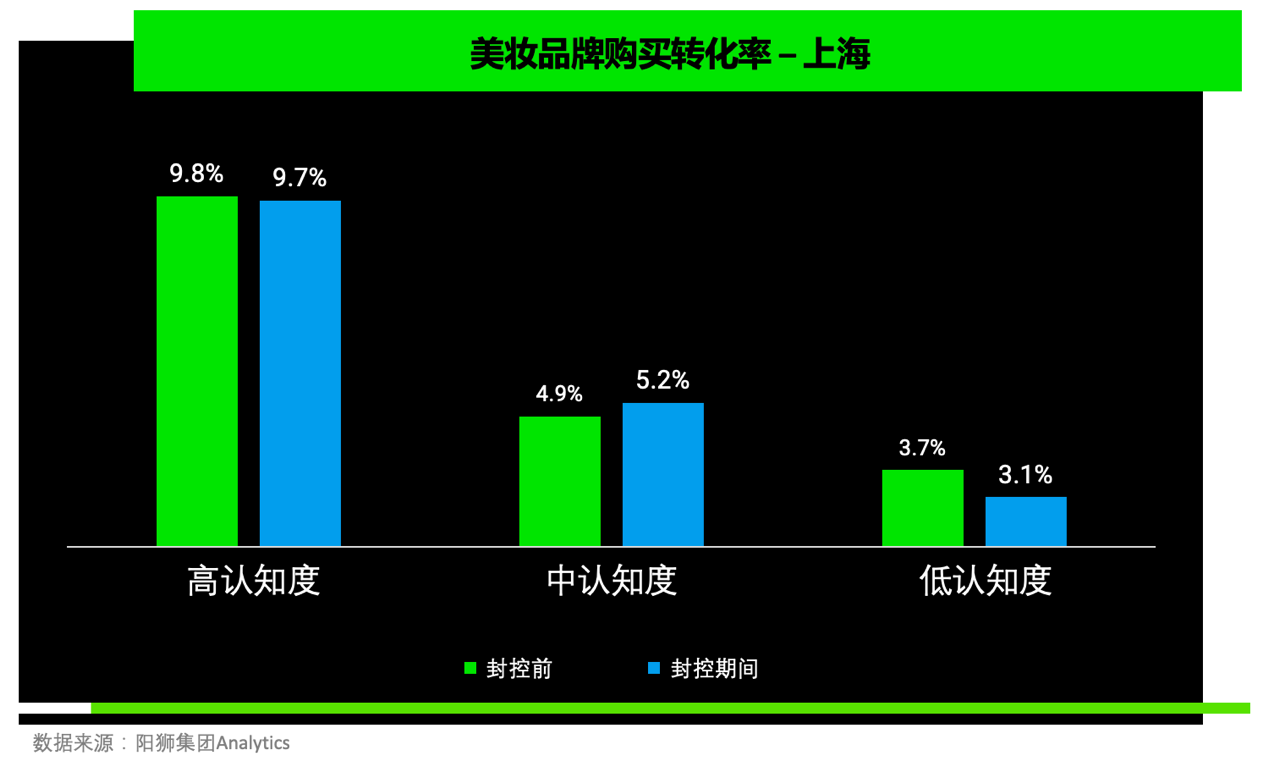
In the wine industry, the conversion rate of brands that communicate closely with consumers keeps rising before and after the lockdown:
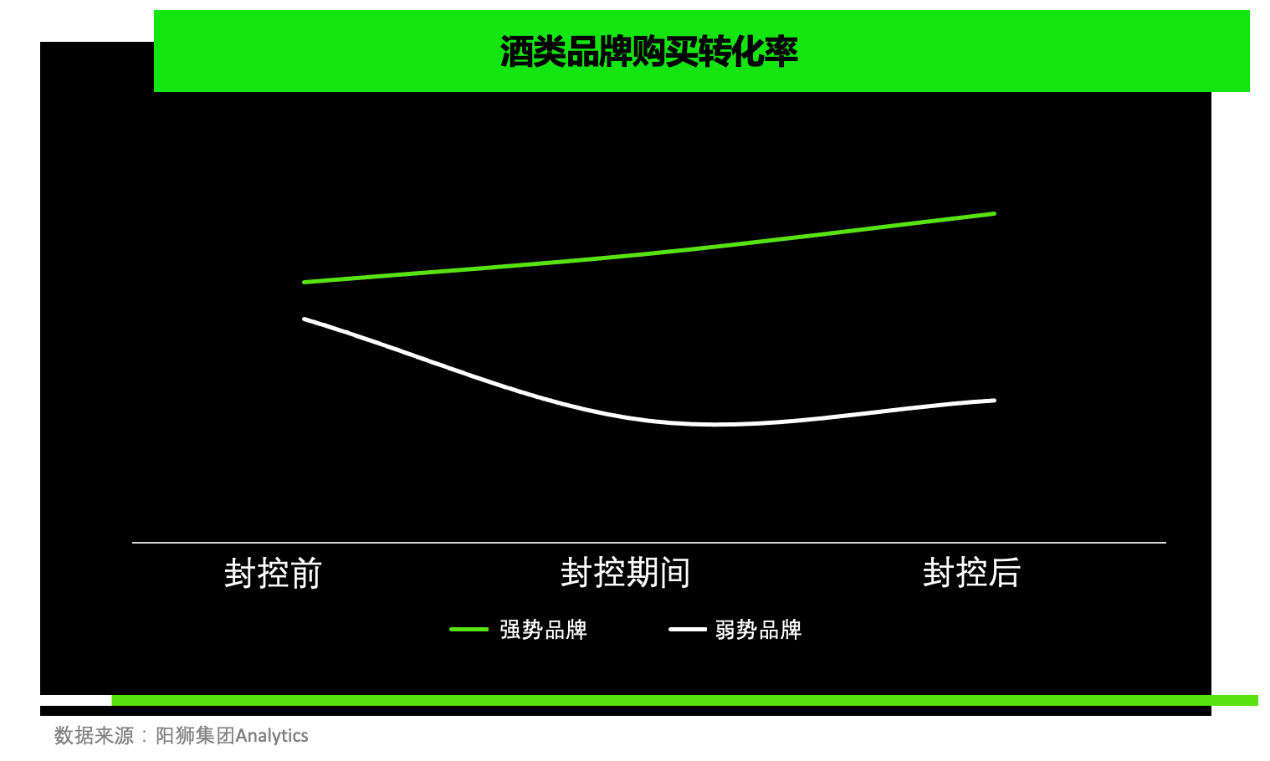
For FMCG brands that were hit hard at the height of the lockdown, the link between advertising awareness and purchase intentions remained the same:
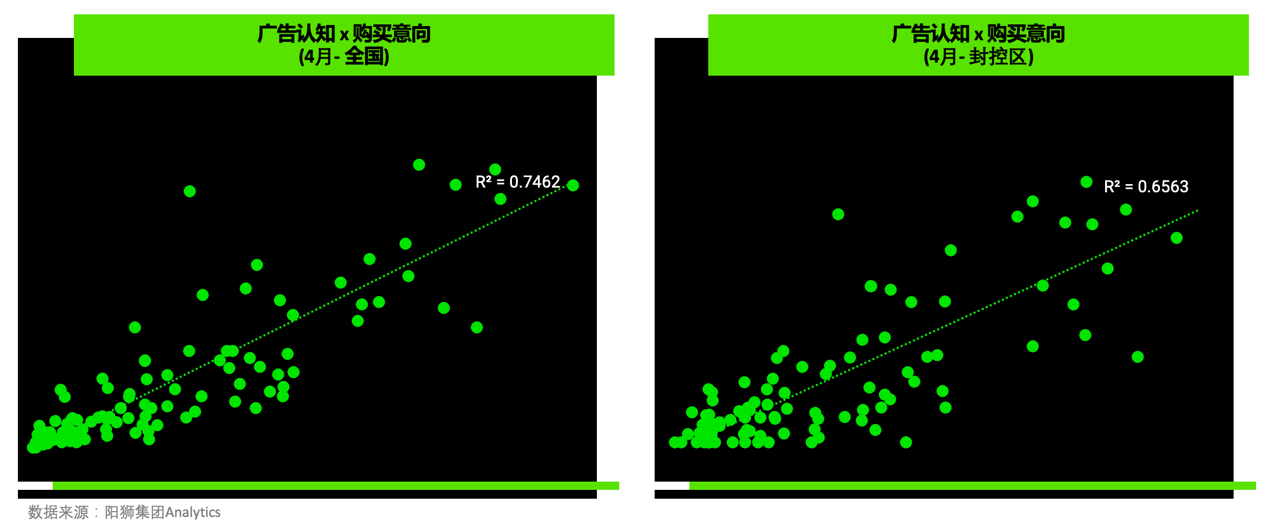
When product sales drop sharply, brands tend to reduce advertising investment, but at this juncture, the importance of brand trust and awareness becomes more prominent. Consumers have become relatively conservative, unwilling to try new brands, but choosing brands they already trust. This short-term decision to cut advertising during the lockdown means that when consumers recover their purchasing power, brands will lose their first-choice status.
Of course, when revenue declines, not every brand has sufficient cash reserves, so there is no guarantee that they can maintain advertising investment while maintaining business operations. But brands should also keep in mind that post-lockdown recovery is usually V-shaped, so smaller brands need to consider the timing of advertising to ensure that consumers will consider buying their products when the economy improves.
Of course, we also need to make strategic adjustments, which are also necessary.
The blockade and regulation under the influence of the new crown epidemic in 2022 has spawned many new consumer behaviors. However, it’s easy for businesses to take the first signs of changing consumer behavior as a signal of impending long-term change, and mistakenly assume that short-term changes will become the norm. In an era when every penny needs to be spent well, brands need to beware of falling into marketing traps and avoid linking the short-term behavior of consumers who may disappear next month with the brand's long-term strategy.
After the first wave of the epidemic broke out in 2020, the lockdown measures at home led to a high level of escapism among the people, and everyone was more immersed in movies, social media and games. In 2022, when the lockdown measures are adopted again due to the epidemic, people will no longer be surprised. They will pay more attention to how to maintain a normal life and think about how to live every day. The topics discussed at home every day also reflect the changes that the new crown epidemic has brought to society: frequent nucleic acid testing to strengthen epidemic prevention and control, and the improvement of health awareness have made fitness a daily routine.
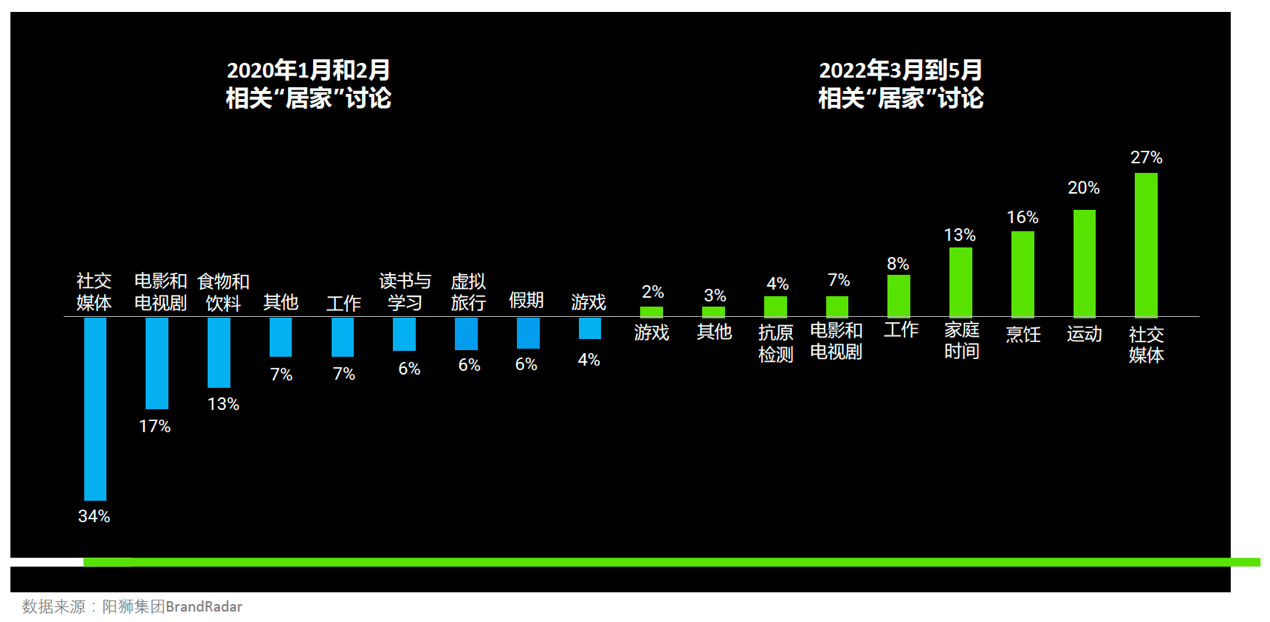
Here, this article lists some emerging trends in the short-term, medium-term, and long-term, so that the corresponding brands can refer to:
short term
Short-term trends caused by environmental changes and changes in consumer behavior will quickly return to the normal before sealing
Hero "Captain"
With the gradual recovery of express delivery services, people no longer need self-organized community group buying. During the lockdown period, many "heads" played the role of superheroes. Now the demand is no longer urgent. Although some "heads" are still the core figures of the community, most of them have "taken off the hero's shirt" and returned to daily life .
happy currency
Two weeks after the lockdown began in Shanghai, the barter phenomenon peaked, and now discussion of the topic has dropped back to pre-pandemic norms. During the lockdown period, nearly 25% of the discussions revolved around Coca-Cola. Everyone used canned Coke as a medium of exchange, and Coca-Cola became a hard currency. This is an extension of the trend in 2020 when carbonated drinks began to be called "Fat House Happy Water", and it also fully demonstrates that carbonated drinks are a source of daily happiness for people in difficult times.

stockpile
Although online discussions and searches on stockpiling have dropped significantly, the news of the lockdown will trigger a wave of hoarding, and any disturbance will bring back the hoarding phenomenon again.
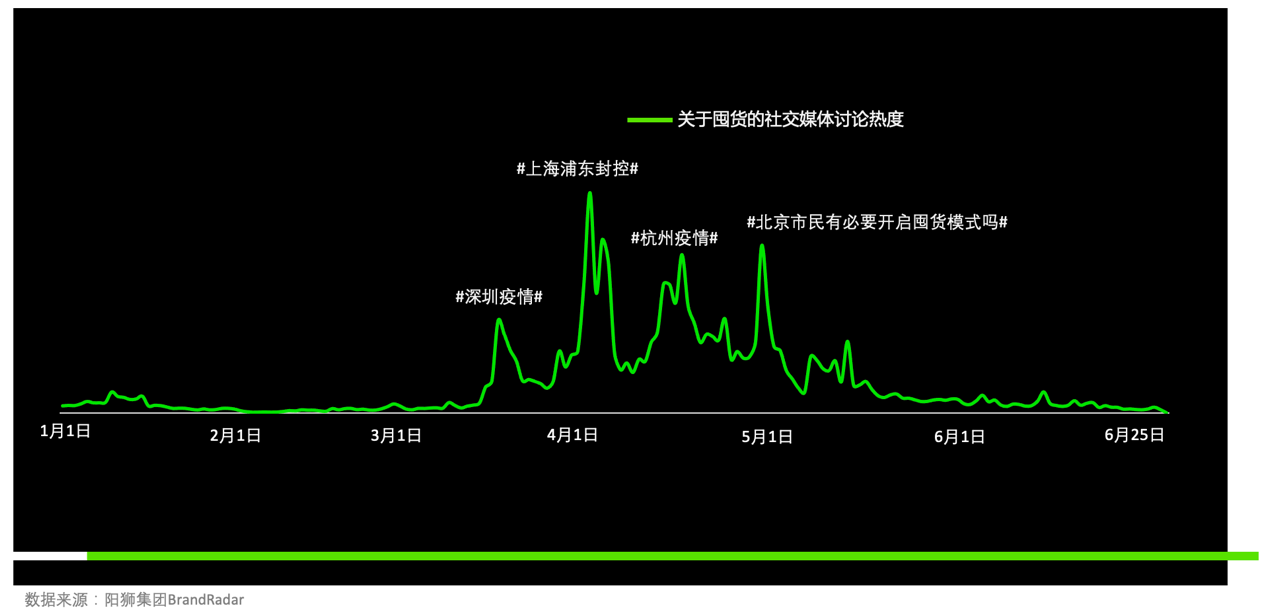
mid term
The runway for such trends is longer and will continue in the next few quarters
big upgrade
After staying at home for an extended period of time, many consumers choose to upgrade and optimize their home experience, such as buying larger refrigerators and small appliances such as air fryers. From the searches during 618 in 2022, it can be seen that the search volume for home appliances as a whole has increased by 1.3 times.
However, given the long life cycle of home appliances and the softening real estate market that has reduced demand for home renovations and new home purchases, home appliance sales may return to normal in the second half of this year.

stay at home
With many outdoor activities still restricted and anxiety about infection with the new crown still lingering, the recovery in catering, tourism and retail will be more gradual. While we say that retaliatory consumption will undoubtedly occur, many people will still choose to stay at home, which means that they will spend more time on various media platforms. Brands can seize this great opportunity to hold concerts and various online events that can be attended at home to better connect with consumers.
long
These changes will have lasting and profound effects, and household savings and their impact on consumer spending are also worthy of attention
I'll buy it another day (maybe)
Currently, consumer confidence is at its lowest level since January 2020. Many consumers remain on the sidelines about big purchases, and uncertainty about their future lives means they will spend less.
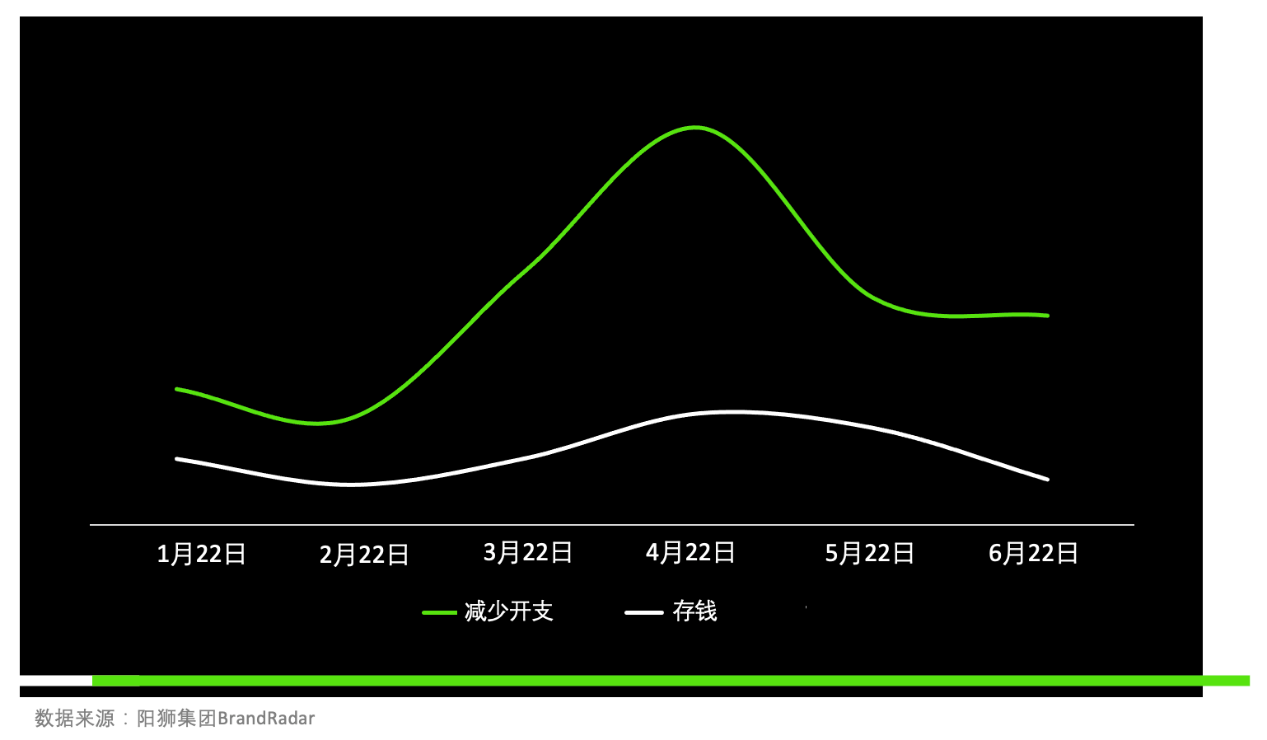
The current big spending stimulus is not as effective as it was in 2020. Taking car purchases as an example, although Shanghai has decided to add 40,000 new license plate quotas for non-commercial passenger cars and provide tax subsidies, consumers still choose to postpone purchases.
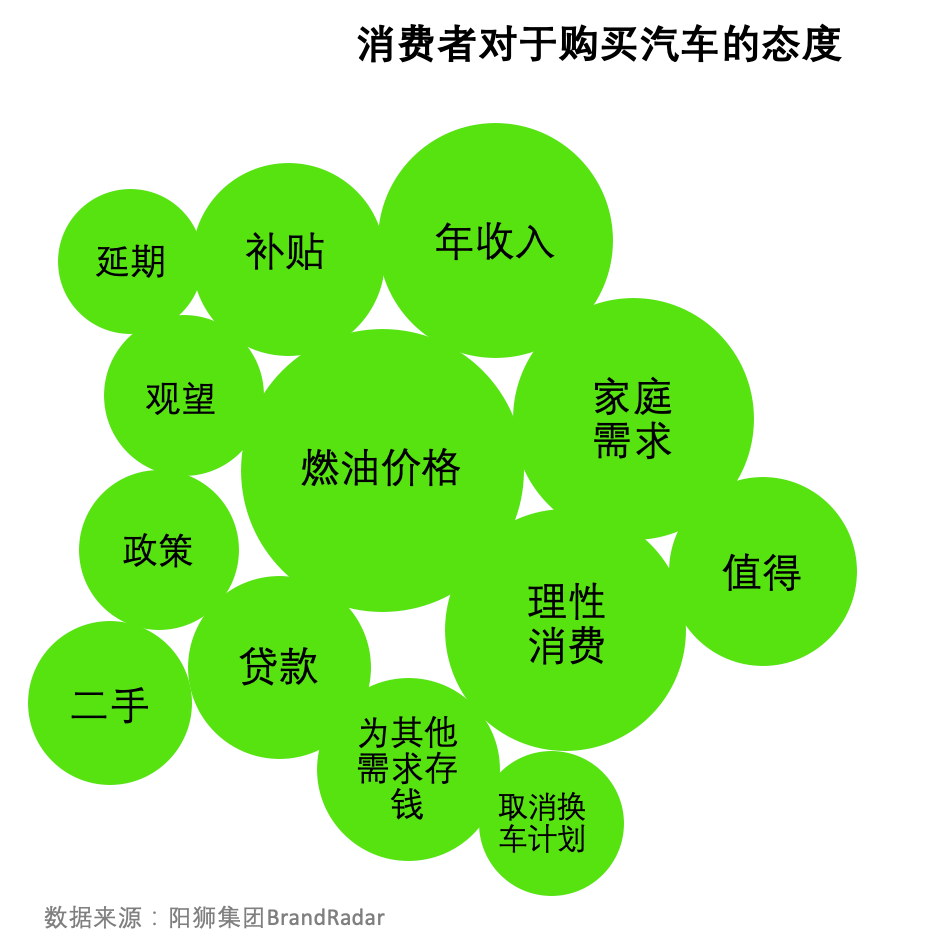
Group buying development
Before the epidemic was sealed off this year, group buying already existed. However, during the lockdown period, the number of group-buying users increased significantly (compared with a year ago, the daily active users of the community group-buying mini-program "Kaituantuan" surged by 442%). In addition, as more and more merchants enter the group-buying platform, the practicability of the group-buying platform has been significantly improved.
Although it is impossible for the group-buying category to continue to develop at such a growth rate, the mainstream group-buying platforms will continue to have a considerable number of new users.
As for the main reasons for people to continue group buying, the first is that group buying can help consumers buy sought-after cheap products, and the second is convenience.
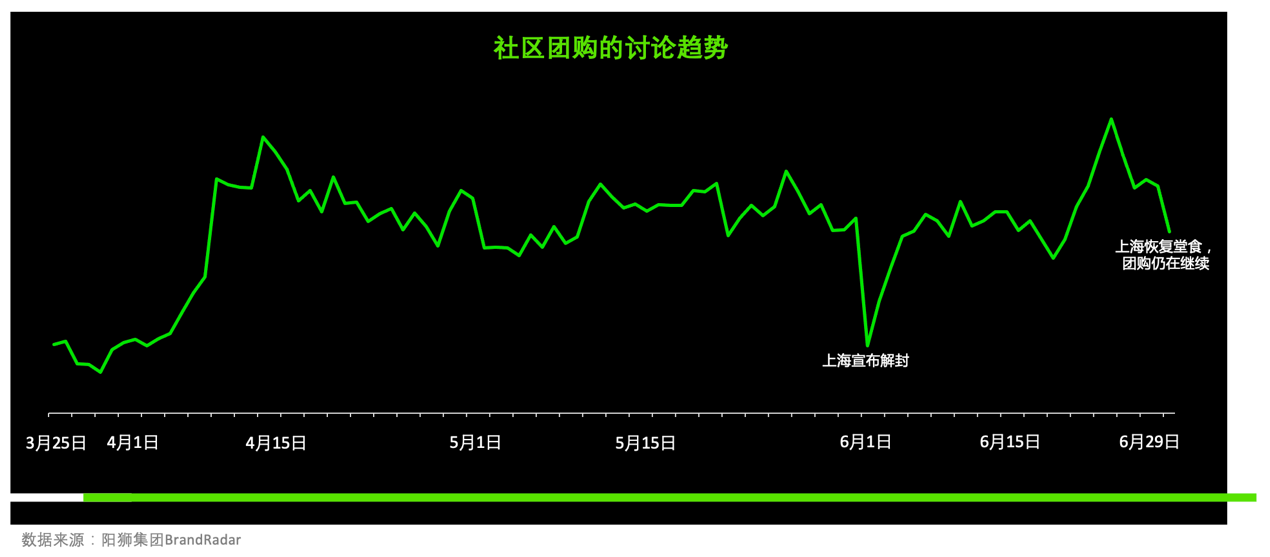
Physical and mental health
During the lockdown period, searches/social discussions about mental health increased by 24%. Many people are in a state of high anxiety. Paying attention to mental health allows everyone to have a more comprehensive concept of health. Looking back on 2020, everyone paid more attention to physical health and healthy diet, and during the lockdown period in 2022, there will be more public discussions on mental health.
Summarize
In challenging times, there is no new panacea that will help businesses win.
The need for long-term brand building and the rapid adjustment to respond to consumer changes in the short term, this subject is an art of weighing the pros and cons, and how to balance.
It’s skinny, it’s not sexy, but it’s this fundamental skill that brands thrive on and thrive on.
Read more about this spotlight series
How to refer to Coca-Cola's strategic model to build resilience for small and medium-sized brands in the era of economic "crisis"
Feng Guangsheng, Mao Zhiren
It seems that the difficulty of "survival" is still great, and a few suggestions for B2B marketers
Hannah Penn
Regardless of whether your brand is affected by economic fluctuations or not, offline media must always be innovative
Huang Zhuoying
After the era of hedonic consumption, reconstruct symbolic consumption within "3 kilometers"
Li Jian
While waiting and watching, how can brands steadily implement the store expansion plan offline?
Sarah Jia
Liquor brand marketing said: a new story of the old rivers and lakes
Zhang Jun, Sarah Jia
Multinational company brand in China - the game is not over, how to win the future
Rogier Bikker, Dixi Chern

